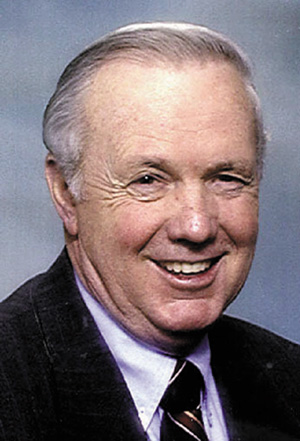NO. 933 THE END OF AN ERA!
No. 933
Jim Davidson -- NEWSPAPER COLUMN
THE END OF AN ERA!
Sometimes the end of an era can be a very sad thing, especially if it marked the end of a very special time in your life. Such was the case for me when I learned that back on Dec. 12, 2009, the Roy Rogers Museum in Branson, Mo., closed its doors for good.
If you are less than 50 years of age you probably won’t remember, or relate, to what I am going to say, but I hope you take a stroll with me down memory lane. For most of us in the older generation, the names of Roy Rogers and Dale Evans bring back memories when life and values were much simpler in our country. However, the mighty Mississippi keeps rolling along. This is another way of saying that we can’t hold back the clock and while memories help us to relive the past, the present is the only time we have.
Roy Rogers’ real name was Leonard Franklin Slye, born in Cincinnati, Ohio, on Nov. 5, 1911. He worked on his family’s farm until 1929, when he packed up a guitar he bought for $20 and headed for Hollywood. As he says, “You couldn’t beg, borrow or steal a job in 1931. It was really tough.” But he survived and thrived. He worked as a truck driver, peach picker and country singer, forming a band called Sons of the Pioneers. He enjoyed moderate success, appearing on Los Angeles radio. His big break came in 1937 when he snuck onto the lot of Republic Pictures and landed a $75 a week contract.
It was while making the 1944 film “The Cowboy and the Senorita” that he met Dale Evans. They married three years later, 14 months after Roy’s first wife, Arlene, died. Through the 1940s and into the 1950s his career rode the crest of an incredible wave. For 12 straight years he was the No. 1 Western star at the box office in a magazine poll of theatre operators. In films and TV, Roy Rogers’ style of entertainment followed his theme song “Happy Trails.” He played the good guy who would shoot the gun out of the villain’s hand, rather than shooting and wounding the villain.
And then there was his horse Trigger, who reached heights of popularity paralleling that of his famous rider. Billed as the “smartest horse in the movies,” Trigger often received billing over Dale Evans. Trigger appeared in all the 100-plus films and TV shows in which Rogers starred. When the horse died in 1964 at age 33, he was stuffed and remained a fixture at Roy and Dale’s museum in Apple Valley, Calif. The couple spent their later years greeting fans at the museum and enjoying life with their children, grandchildren and great-grandchildren. In 1993 they were honored for their humanitarian efforts. At the end of his life, the Rogers’ estate was valued at more than $100 million. He died July 6, 1998, at 86 years of age.
The museum would later be moved to Branson to be operated by their son. Rogers left instructions that if the museum ever lost money to close it and sell the contents, which included most of the memorabilia from all those years of acting and singing. Because of his widespread notoriety and popularity, many of the items brought large sums of money. Roy’s 1964 Bonneville sold for $254,000; a collection of signed baseball bats sold for $2,750; many of his shirts for $16,250; and one of his cowboy hats sold for $13,750.
If you are not impressed, you will be when I tell you that Trigger’s saddle and bridle sold for $386,500. Not bad for just horsing around. Many of the other items brought big money as well. Happy Trails to all of you.
---
(EDITOR'S NOTE: Jim Davidson is a public speaker and syndicated columnist. You may contact him at 2 Bentley Drive, Conway, AR 72034. To begin a bookcase literacy project visit www.bookcaseforeverychild.com. You won’t go wrong helping a needy child.)
